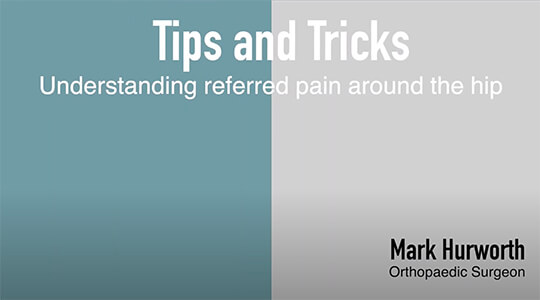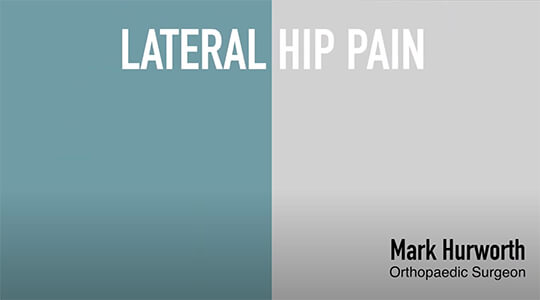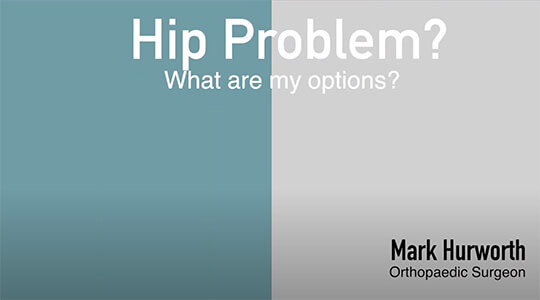Hip bursitis
Abductor tearing and bursitis (Lateral hip pain)
Hip bursitis and tendon problems on the side of the hip (lateral hip pain) are common conditions in the ageing hip, especially for post-menopausal females. Below, we clarify some of the terms you may hear, and discuss management – nonsurgical and surgical.
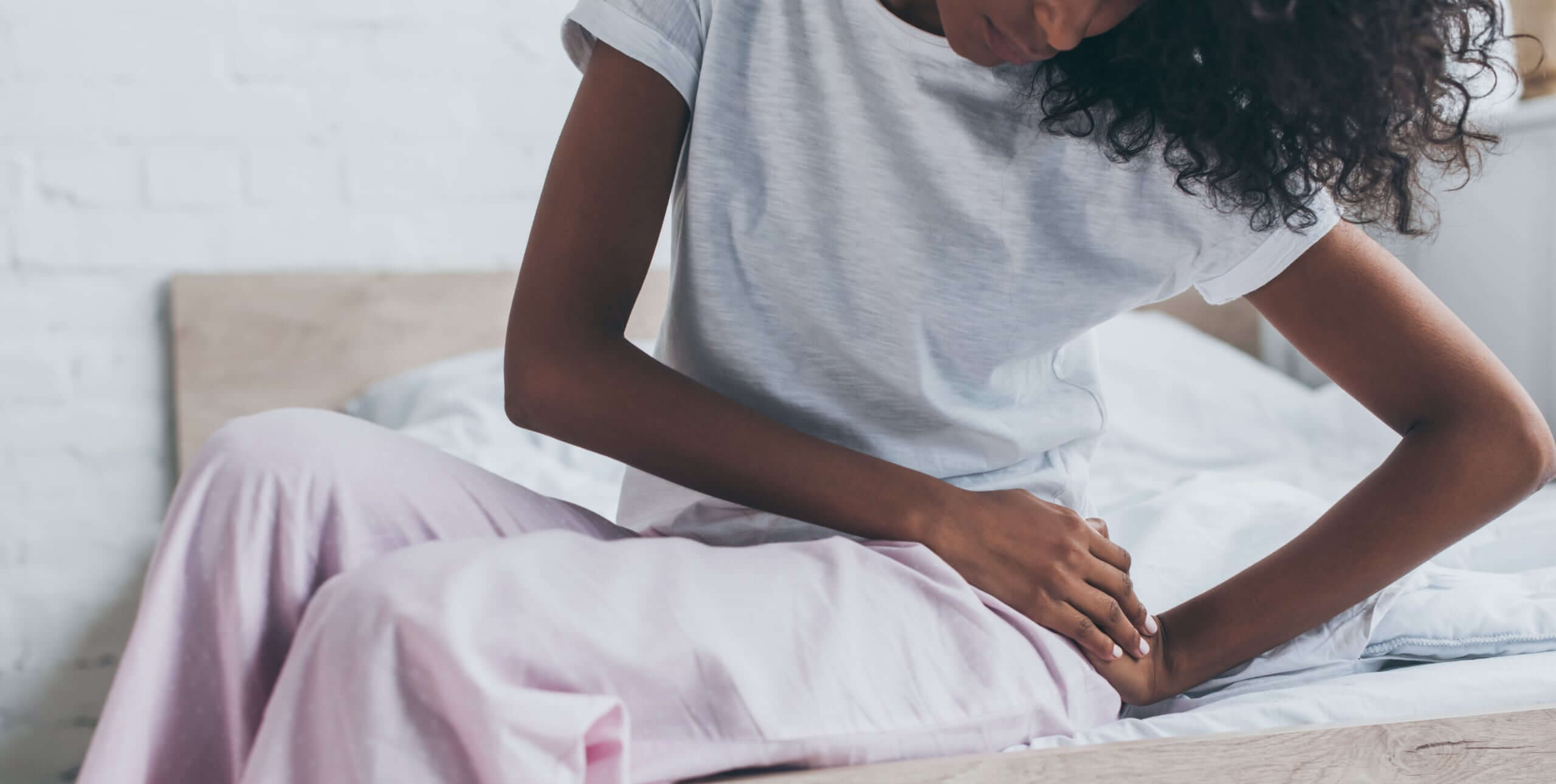
My orthopaedic practice in a nutshell
Abductor tearing / bursitis
About abductor tearing and bursitis.
Before discussing the conditions, it is useful to understand the anatomy of this area. Some important things to know are:
- A bursa is a fluid-filled sac. It lubricates the areas in your body where tissue glides over bone.
- Examples are the prepatellar bursa at the front of your knee and the olecranon bursa (at the back of your elbow), the trochanteric bursa at the side of the hip and the subacromial bursa (in the shoulder).
- Bursae are sometimes a source of pain, but often due to another cause or irritation.
- The tendons that glide over the bursae may cause friction. Other tendons that attach in that area will sometimes wear out and that is what we call an abductor (minimus or maximus) tear.
So when terms such as abductor tearing and bursitis are used, we are referring to structures on the side of the hip that become inflamed (inflamed bursa = bursitis), and the wear and tear of tendons of the gluteus medius and gluteus minimus.
These symptoms often happen gradually with age. In other situations the deterioration can be sudden or an injury can cause a tear. The gluteus minimus muscle is often the first to become symptomatic which can be very uncomfortable. If you tear your gluteus medius muscle, you can have a wobbly walking pattern (Trendelenburg gait).
So tearing of the gluteal tendons and hip bursitis are often connected. There is a higher incidence in women with broader hips, due to the broader lever arm in their gait. Having said that, men can certainly be subject to hip bursitis and abductor tearing too.
How do you know if you have it? It generally starts with pain when you sleep on that particular side during the night. You may feel pain too when sleeping on your other side and letting your legs cross over. The pain typically radiates down the side of your leg, sometimes all the way to your knee.
Surgery for abductor tearing/bursitis
Do I need surgery?
This is typically an area where surgery should be embarked on with great caution for two reasons:
- Often the condition will settle with time and appropriate nonoperative treatment ie without surgery
- Surgery has quite a high rate of less than optimal outcomes, has a long rehabilitation time and a relatively high rate of recurrence.
So my advice is generally to try and avoid surgery and pursue nonoperative treatment. This includes:
- Injections, which are generally very effective if they are targeted to the right area (often an MRI will give valuable information about where the injection should be inserted)
- Weight loss – remember for lower limb conditions generally, 20% weight loss leads to 50% reduction in symptoms ie it is disproportionate.
- Non-steroidal anti-inflammatories are the most effective proven medication
- Activity modification – changing your sleeping position for example. Often the pain will settle with nonoperative treatment – time being the great healer.
- Judicious exercise program – especially cycling, elliptical trainer, rowing machine.
- If the pain is really disabling then it may be useful to consider walking with a stick or crutches for a while.
Again, surgery for abductor tearing has a less-than-ideal success rate of 70%. It has a long recovery time and a reasonably high recurrence rate. Realistic expectations are important.

Mr Mark Hurworth, Orthopaedic surgeon Perth
“These are things we will discuss as you prepare to make a decision about the right course of treatment. You should go over the pros and cons very cautiously, particularly because nonoperative treatment has such high success rates, and surgery is not always as successful as one would hope for.”
Surgery generally becomes an option if the symptoms are considered disabling, or if you have experienced them for over six months, even with an MRI scan to guide treatment and targeted injections.
Story continues below video gallery
Videos about hip conditions and surgeries
Preparing for hip bursitis surgery
How can I best prepare for surgery?
Always remember that your efforts before and after surgery make a big difference and the outcomes do not depend on the operation alone.
Losing weight and getting in shape is often a big conversation topic. With torn muscles and bursitis, losing weight can often lead to a dramatic improvement in symptoms. Remember that this is disproportionate, ie a 20% reduction in weight equates to a 50% reduction in symptoms and often complete resolution if combined with a fitness program.
Typically I try to explain to my patients that “fitness” is more important than “fatness”. What I mean is that it’s good to aim for weight loss, while at the same time try and gain some fitness and muscle mass.
I will give you advice on how to be ready and optimise outcomes by making the right choices in the weeks before your procedure.
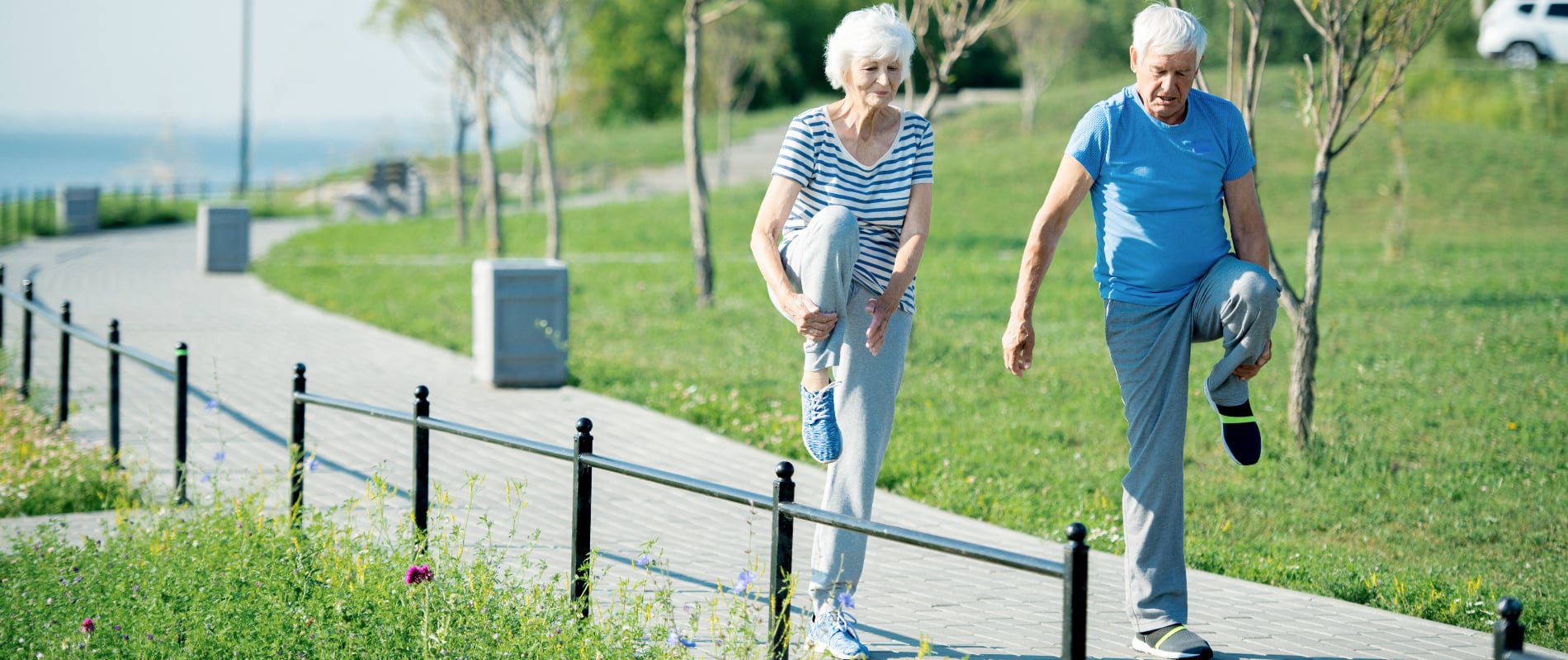
Recovery after hip bursitis surgery
How long is the recovery?
Surgery for a torn muscle or hip bursitis is not a one-size-fits-all process. The outcomes and the recovery time will depend on your general health and fitness.
My main advice if you want to recover well and fast is to get in shape before you have the surgery. It is also important to learn as much as you can about the condition. It is helpful to know what type of movement or activity relieves it and what aggravates it.

Mr Mark Hurworth, Orthopaedic surgeon Perth
Sometimes this type of surgery is performed as day surgery and you can go home the same day. Sometimes you will be looking at an overnight stay in hospital.
During recovery, you would be walking on crutches for up to six weeks. Driving will sometimes have a wait a few weeks until you are comfortable.
Risks orthopaedic surgery
How about risks and complications with surgery?
The main problem with this type of surgery is the risk of recurrence, and the lack of complete resolution of symptoms, even with surgery.
Your anatomy may simply be predisposed towards this condition. Moreover, there is the impact of wear and tear – ageing tendons are sometimes simply not possible to repair, similar to old rope.
Other risks we will discuss are embolism and deep vein thrombosis (DVT), as well as the potential for infection.
Any questions you may have about the nature of your condition or the procedure, risks and recovery times, will be covered during your consultation at my practice.
Orthopaedic surgeon Perth
Why choose Mr Mark Hurworth in Perth?
Not everything that is broken needs to be fixed, can be fixed, is worth fixing, or for that matter might not break again! My patients often tell me that they appreciate the fact that I help them manage without surgery. Questions such as:
- What happens if I do nothing?
- What is the simplest, safest option?
are always worth asking.
You may have many questions – please remember to write them down before you come in so that you don’t forget to ask them. It may not always be entirely clear what is wrong with your hip, and we will take the time to explain and clarify the outcomes of our investigation. If you are elderly it is often useful to have someone with you.
Once you have a clear understanding, you can make an informed decision. This is an area where it is important to take your time and consider all options.
